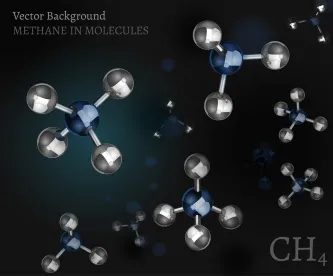On Thursday, August 13, the EPA finalized new rules that rolled back Obama-era policies and standards that regulated methane emissions emanating from oil and gas facilities, including from well sites, compressor stations and processing, and other storage and transportation facilities.
The rules concluded a process that began in 2018 and will apply to wells that have been drilled since 2016, removing requirements for producers to have systems to detect methane leaks and reducing the frequency for checks for leaks. These LDAR programs (as they are commonly referred to) were put in place by President Obama through the provisions of what are generally referred to as OOOO and OOOOa – air quality regulations developed by the EPA as a means of controlling methane emissions and in furtherance of his administration’s larger climate change policy. Methane, while making up only 10% of greenhouse gas emissions in the United States, is a substantially more potent greenhouse gas than others.
Further, the new rules provide for the use of alternative methods for limiting emissions and certain safe harbors for wells that are defined as low production oil and gas wells, while also retaining requirements related to semi-annual monitoring.
Also of import for the oil and gas industry, the new provisions will allow for averaging of the storage tank emission calculations from individual well sites.
When the proposed rules were announced last year, the administration estimated the changes would save the oil and gas industry up to $19 million a year in compliance costs, which is of even greater importance today given the current market conditions in the energy sector. The industry has consistently stated that the rules as written were overly burdensome given that the methane being emitted is a valuable commodity, and the industry has an existing economic incentive to minimize emissions and loss of product.




 />i
/>i
